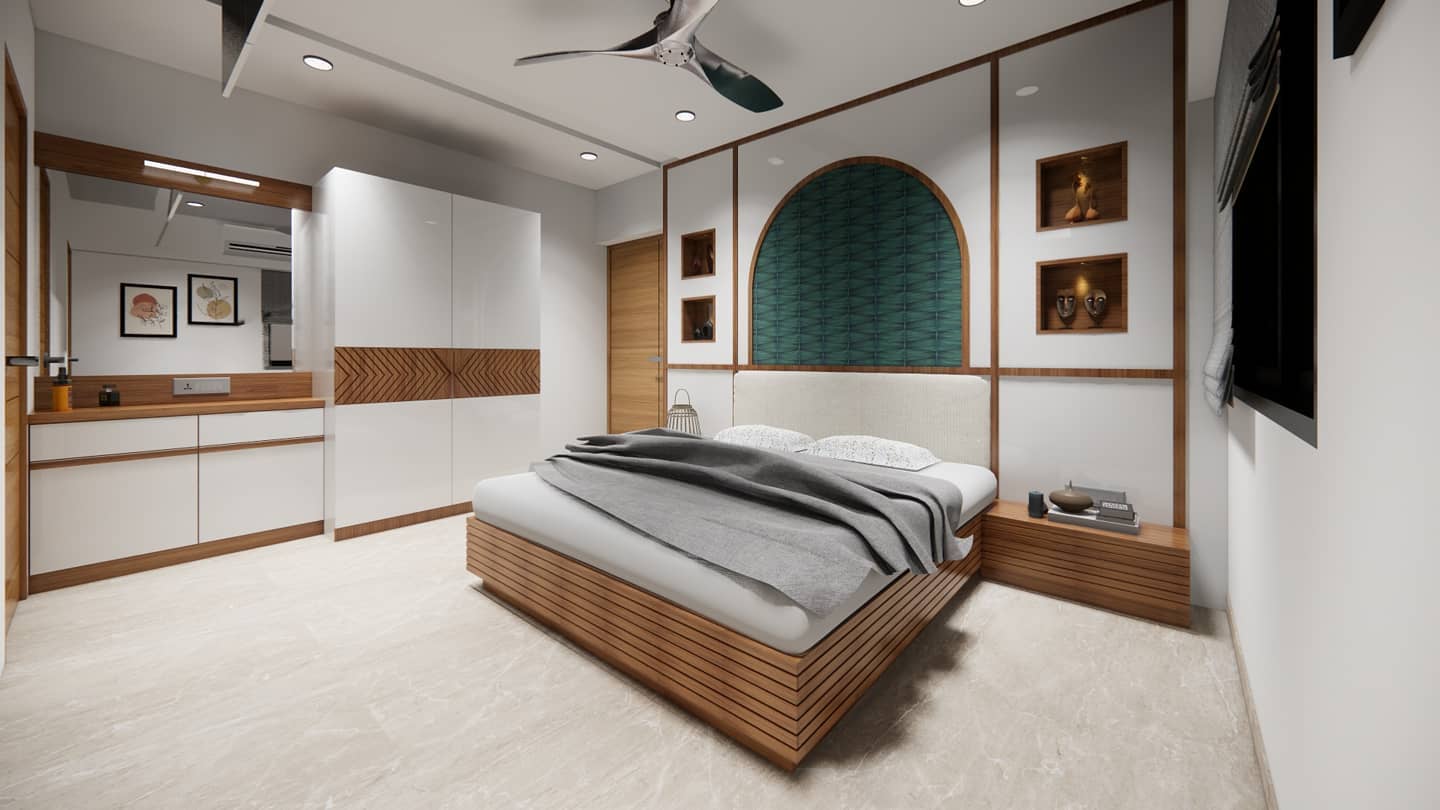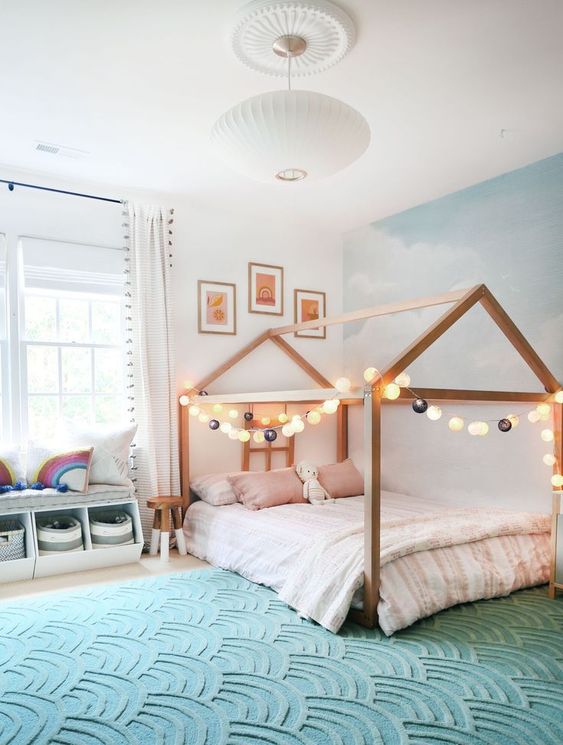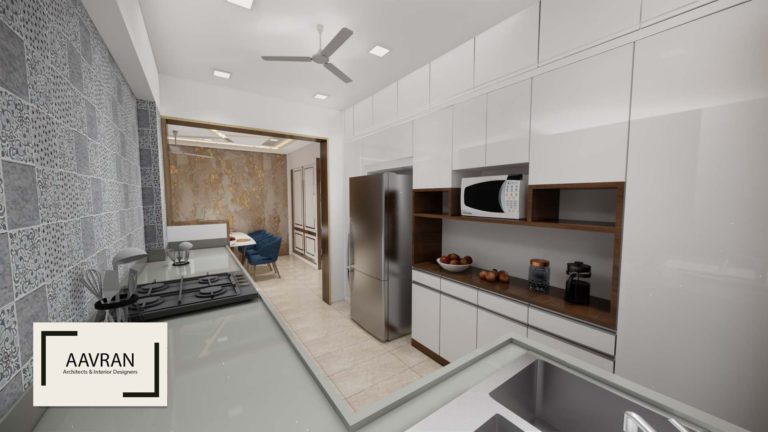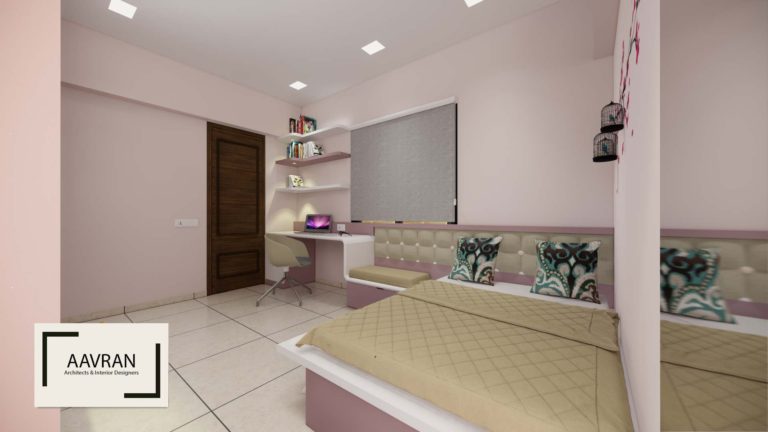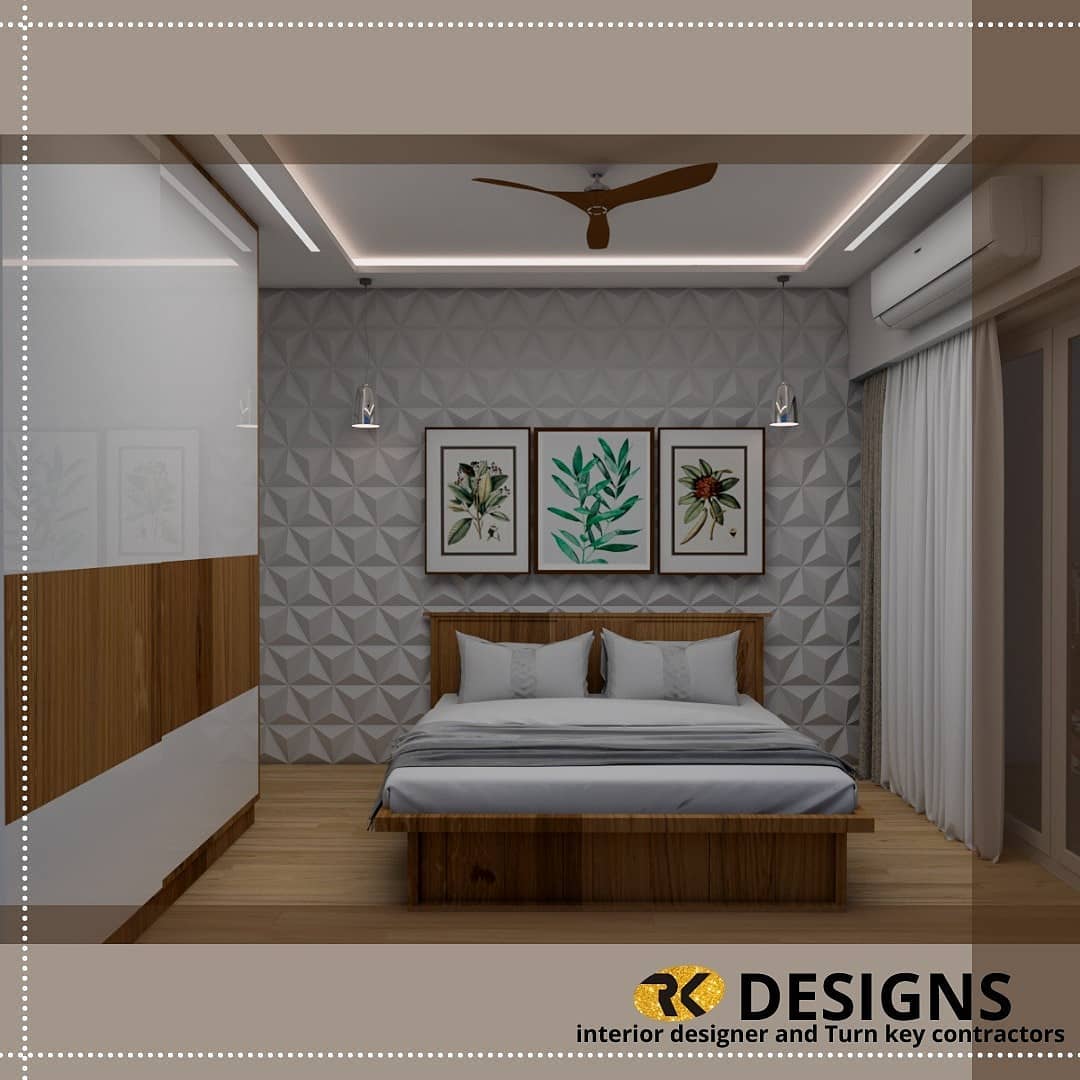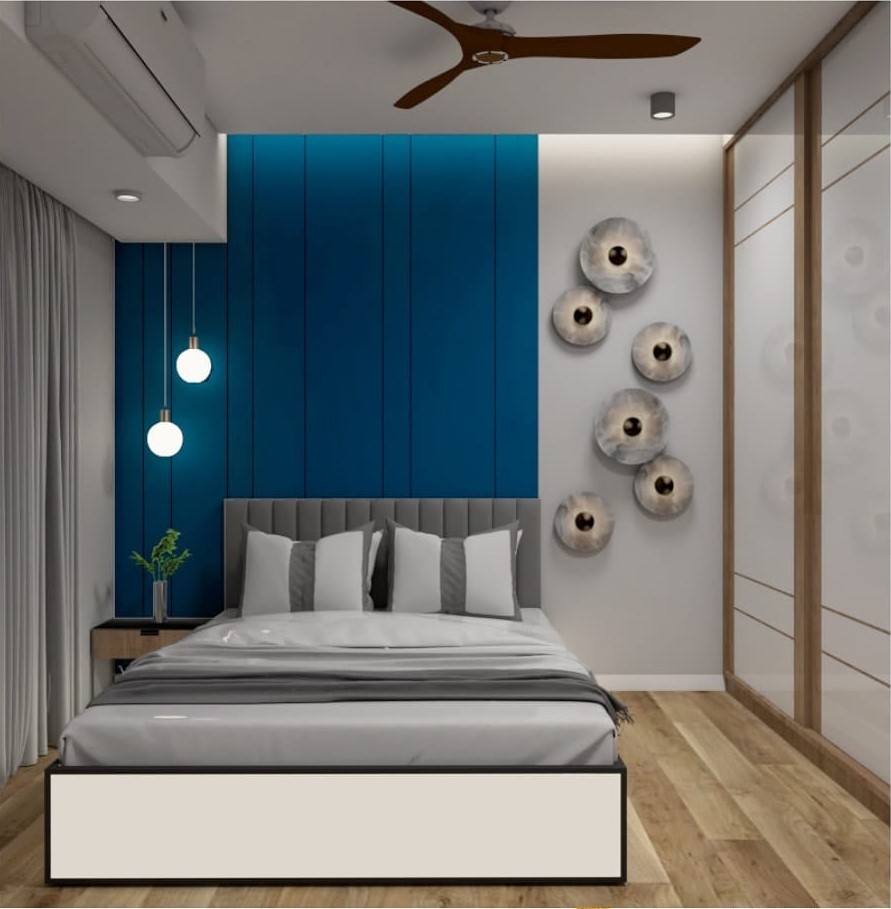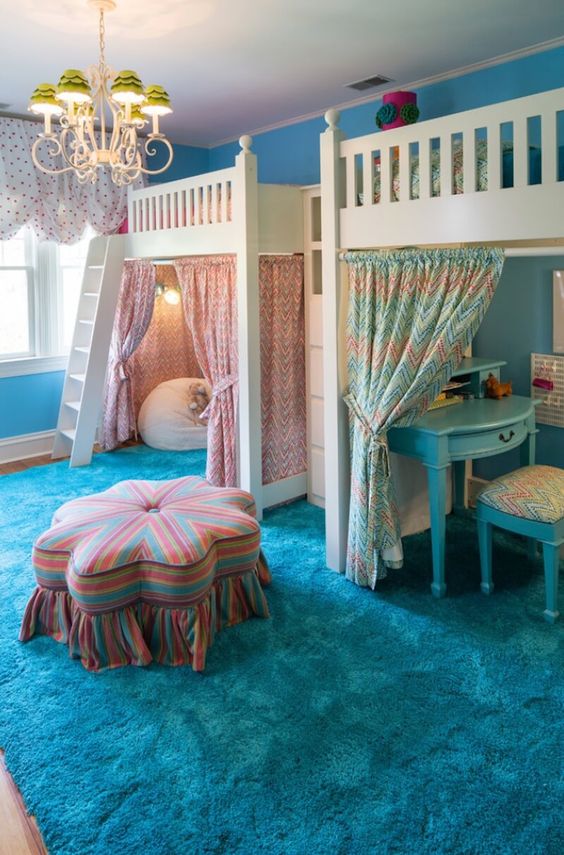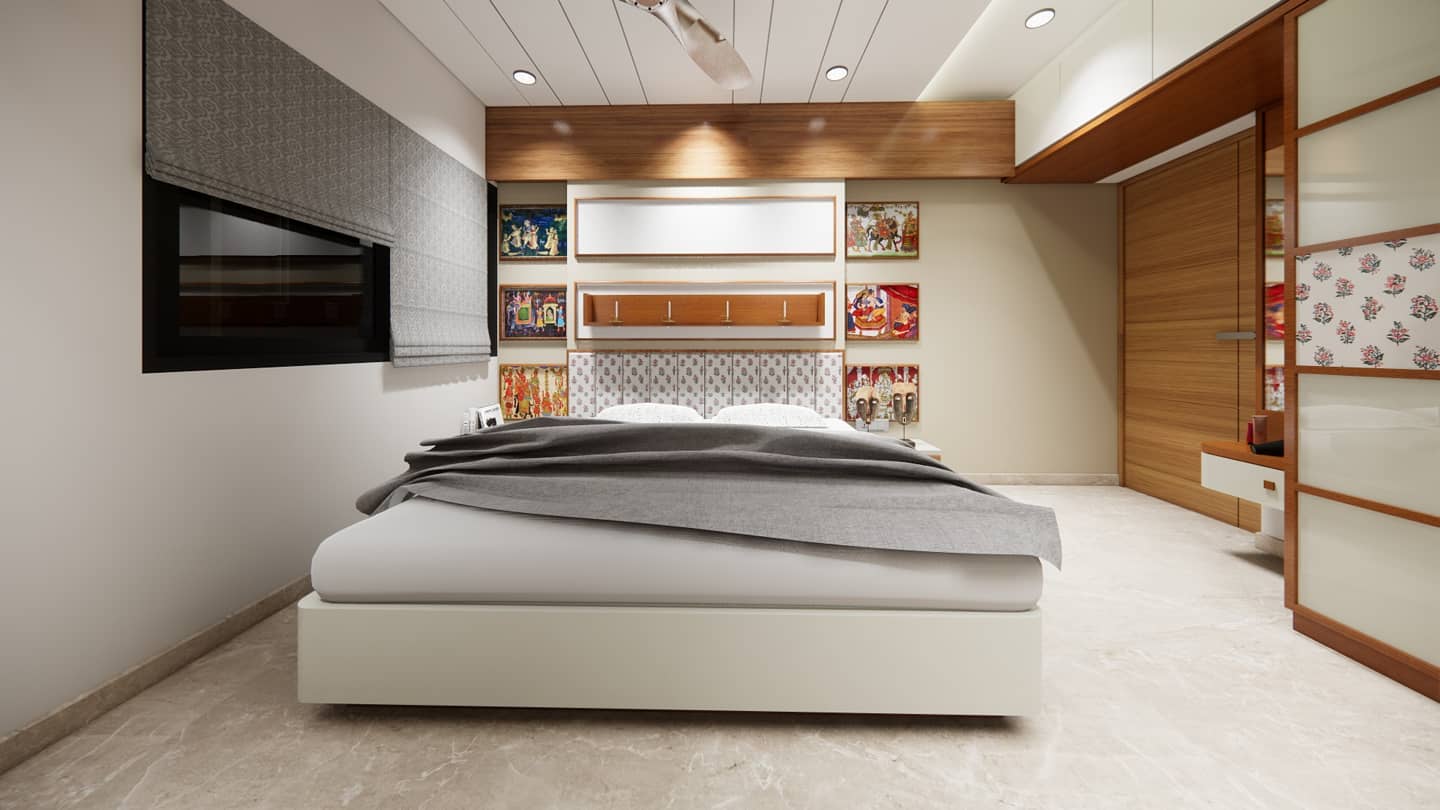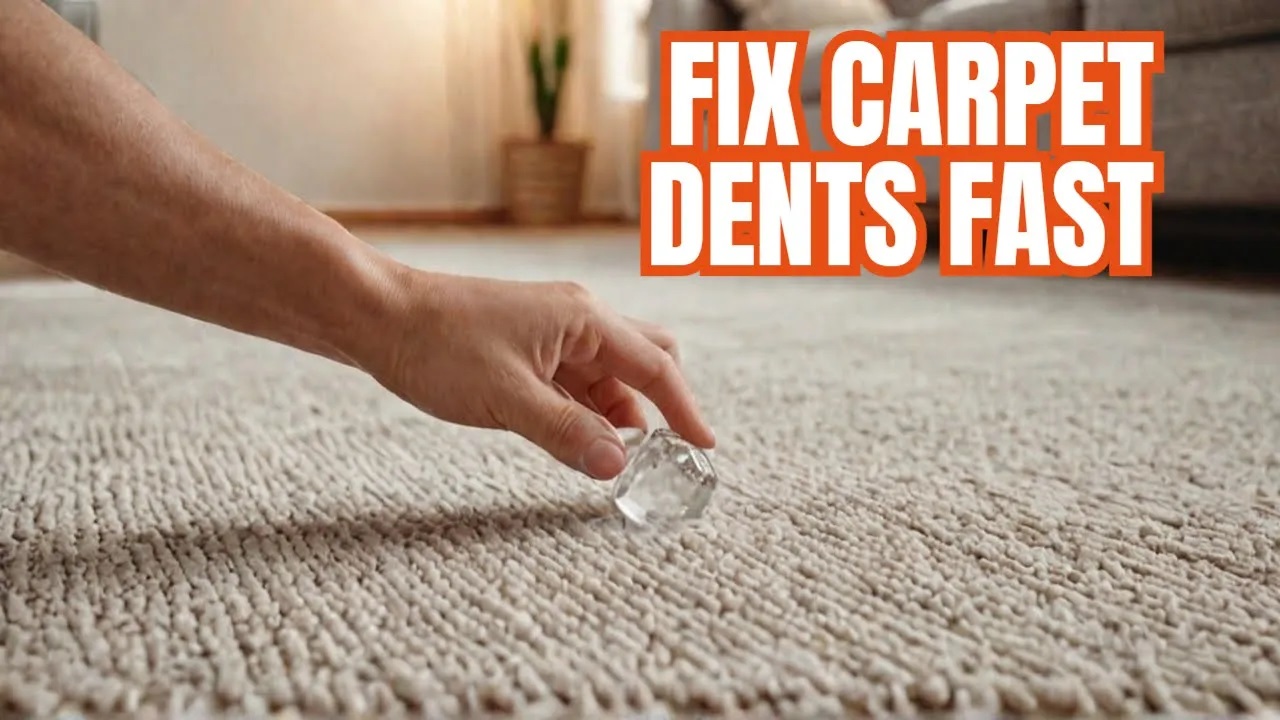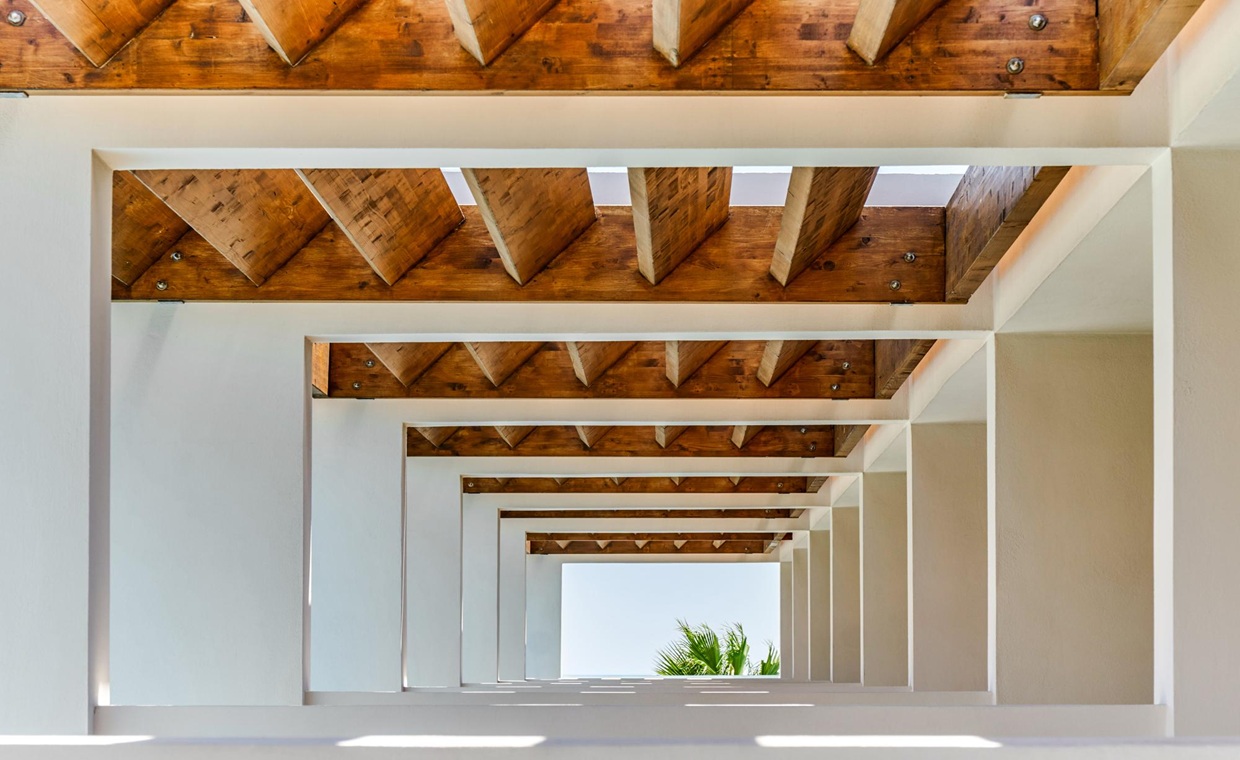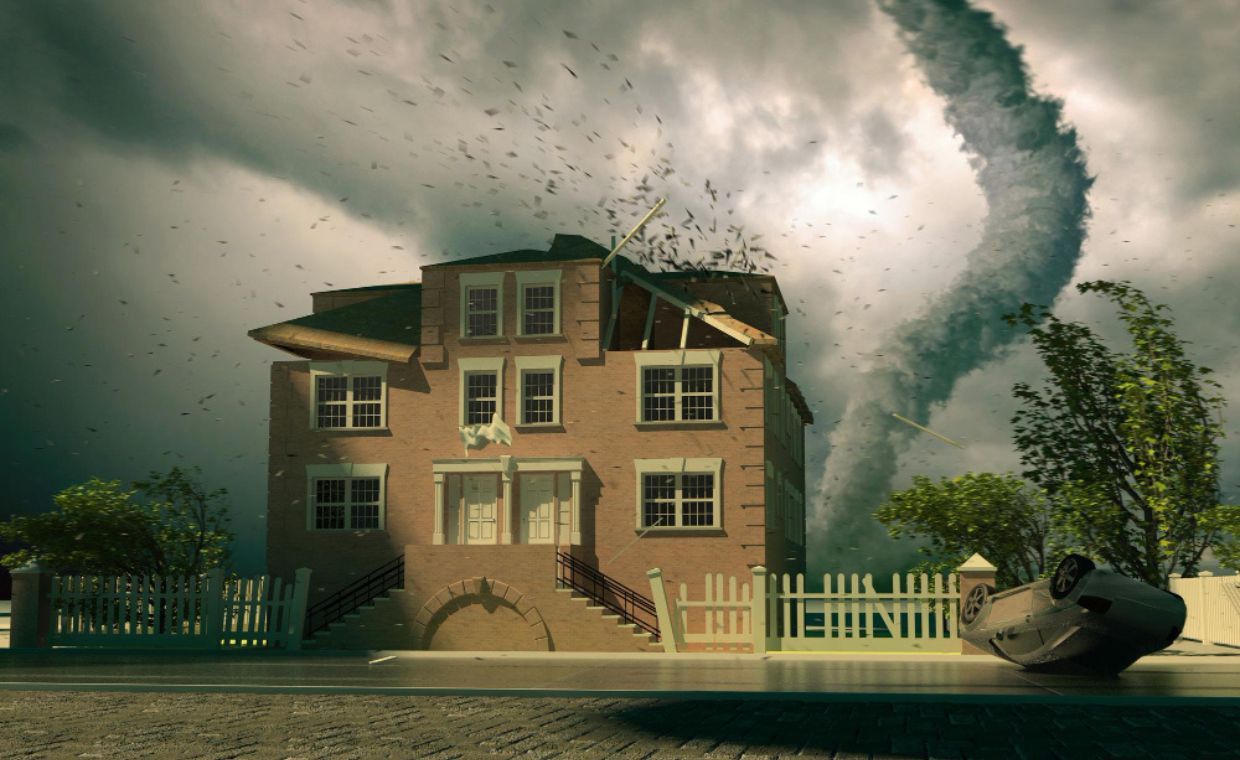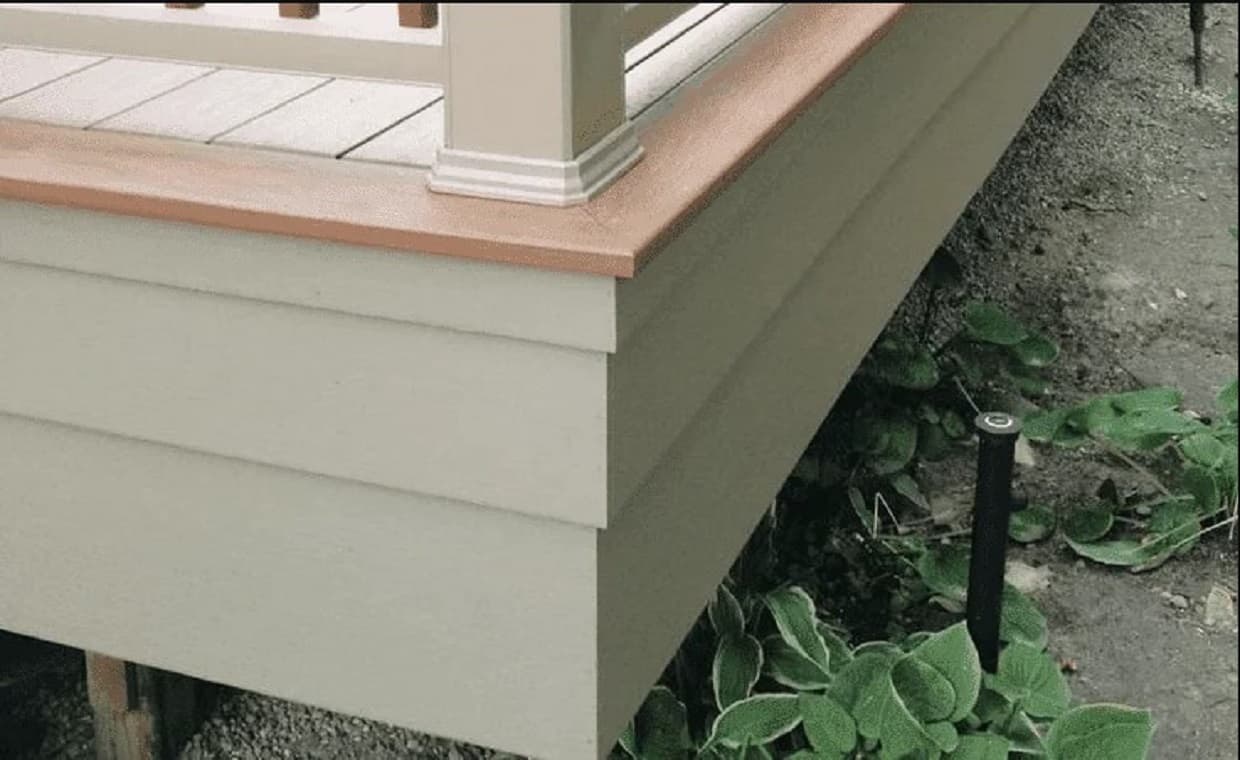
Table of Contents
Looking to give your outdoor space a polished, finished look? Deck skirting is what you need. This often-overlooked element not only conceals the structural components underneath your deck but also provides an opportunity to enhance your outdoor aesthetic while keeping animals out and protecting your deck’s substructure from weather damage. I’ll share various deck skirting ideas that can transform your outdoor area—from traditional options like composite wood, stone, and lattice panels to innovative alternatives like metal accents and strategic plantings. Whether you want to create additional storage space, establish a cohesive design, or simply elevate your deck’s appearance, a skirting solution will work for your needs and complement your garden’s style.
Understanding Deck Skirting

Deck skirting transforms the appearance of your outdoor space while providing practical benefits. It is the finishing touch that completes your deck’s look and contributes to its longevity.
Definition and Purpose
Deck skirting covers the space between your deck and the ground. It effectively conceals the substructure components while creating a polished, seamless appearance that enhances your outdoor area.
Functional Benefits
Beyond aesthetics, deck skirting delivers protection from pests and weather elements. It creates valuable storage opportunities underneath elevated decks and extends your deck’s lifespan by shielding structural components from moisture and environmental damage. Many homeowners install skirting to reduce pest access and create usable utility storage or access panels.
Choosing the Right Material for Deck Skirting

Choosing the right materials for deck skirting impacts both aesthetics and functionality. Different options offer varying levels of durability, maintenance requirements, and visual appeal.
Composite and Wood-Plastic Composite (WPC)
Composite deck skirting combines wood fibers and plastic for exceptional durability. Engineered specifically for longevity, it resists rot, insects, and fading while requiring minimal maintenance compared to natural wood. Available in various colors and textures, it creates a cohesive look with your existing deck.
Wood and Wood Lattice
Traditional wood skirting provides a natural, classic appearance. Cedar, pine, and redwood are popular choices that can be stained or painted to complement your home. While aesthetically appealing, wood does require periodic maintenance (staining/painting) to prevent decay. Wood lattice offers decorative appeal with its crisscross pattern, allowing beneficial airflow beneath the deck.
PVC and Vinyl
PVC and vinyl skirting deliver outstanding weather resistance and zero maintenance. These materials don’t rot, warp, or require painting, making them ideal for low-maintenance outdoor applications. They come in multiple styles and colors, staying vibrant for decades while resisting harsh elements.
Metal Panels and Lattice
Metal deck skirting creates a contemporary look with exceptional durability. Aluminum typically resists corrosion better than steel, though all metal options need appropriate treatment for your local environment. Decorative metal panels add modern flair, while perforated designs allow ventilation with a sleek, industrial aesthetic.
Stone, Brick, and Concrete
Stone, brick, and concrete skirting offer permanent solutions with striking visual impact. These materials create a solid foundation appearance and pair beautifully with traditional home styles. Though installation costs more initially, they last indefinitely with virtually no maintenance, potentially remaining functional for 50+ years.
Alternative and DIY Options
Creative deck skirting ideas include repurposed materials like reclaimed wood, corrugated metal, or bamboo. Fabric panels offer budget-friendly seasonal solutions. Living walls with climbing plants provide natural screening, while custom-built panels let you incorporate personalized designs. These options’ longevity and maintenance requirements will vary based on materials and installation quality.
Current & Enduring Design Trends

Deck skirting designs evolve constantly, reflecting both contemporary aesthetics and practical improvements. Today’s trends balance visual appeal with functionality while incorporating innovative materials and techniques.
| Feature | Description |
| Minimalist and Sleek Aesthetics | Horizontal board skirting creates a clean, linear look that complements modern homes. Composite or wood panels with minimal gaps deliver a sophisticated appearance. |
| Integrated Lighting and Smart Features | LED strip lighting under deck edges adds ambiance and safety while motion-activated lights illuminate pathways. Weather-resistant speakers and charging stations create tech-friendly outdoor spaces. |
| Mixed-Material Combinations | Combining wood with metal accents or stone with composite elements creates distinctive deck skirting. These pairings offer textural contrast and visual interest with sustainability benefits. |
| Sustainability and Eco-Friendly Design | Reclaimed wood skirting reduces environmental impact and adds character. Composite materials from recycled plastics and permeable designs promote proper drainage. |
| Functional Innovations | Hinged access panels provide easy entry to under-deck storage areas. Ventilated and removable skirting sections simplify maintenance and prevent moisture buildup. |
| Color and Finishing Trends | Gray tones dominate modern deck skirting, ranging from light driftwood to deep charcoal. Two-tone designs and weathered finishes add character without high maintenance. |
Technical Considerations
Choosing the right deck skirting involves understanding several technical factors that affect installation, maintenance, and longevity. Each material option presents distinct advantages and limitations that impact your deck’s overall performance and appearance.
Installation Techniques and Tools
Installing deck skirting requires basic carpentry skills for wood or composite materials. You’ll need measuring tape, saw, level, screws, and drill. Metal panels demand specialized cutting tools, while stone installation often requires professional masonry skills. The tools and skill levels needed vary significantly with your chosen material.
Maintenance and Durability
Composite skirting typically lasts 25+ years with minimal upkeep—just occasional washing. Wood needs yearly staining or painting to prevent rot. Metal resists weather damage but may develop rust spots. Stone and brick options offer 50+ year lifespans with practically no maintenance. Actual performance can vary significantly with climate conditions and installation quality.
Building Codes and Safety Regulations
Many local building codes require ventilation in deck skirting—commonly around 1 square foot per 150 square feet of area. Access panels for utilities are frequently mandated. Fire-resistant materials may be required in wildfire-prone regions, with specific clearance requirements from ground level. However, particular codes vary by jurisdiction, so consult your local building department for exact requirements.
Cost and Budget Factors
Wood lattice costs approximately $2-5 per square foot, making it the most affordable option. Composite materials run $8-12 per square foot but save on long-term maintenance. Metal panels average $6-10 per square foot. Stone and brick installations, including professional labor, represent premium options at $15-25 per square foot. These estimates align with general market ranges, but actual costs can differ significantly based on your region, local labor rates, and material quality.
Conclusion
Deck skirting transforms your outdoor space while solving practical problems. It hides unsightly areas beneath decks, creates valuable storage, and protects against weather damage and pests. Whether you choose composite materials for durability, traditional wood for classic appeal, or lattice panels for airflow, the right deck skirting complements your home’s architecture. Consider innovative approaches like mixed materials, built-in lighting, or living walls to personalize your space. Remember, proper installation with adequate ventilation protects your deck’s structure long-term. For any deck skirting project, consult local building codes, seek estimates from local professionals, and evaluate the pros and cons of each material based on your specific situation and regional conditions. With the wide range of deck skirting ideas available, you will find an option that balances aesthetics, functionality, and budget for your specific outdoor needs.
Also Read: When Should You Consider Deck Replacement Instead of Repairs?




